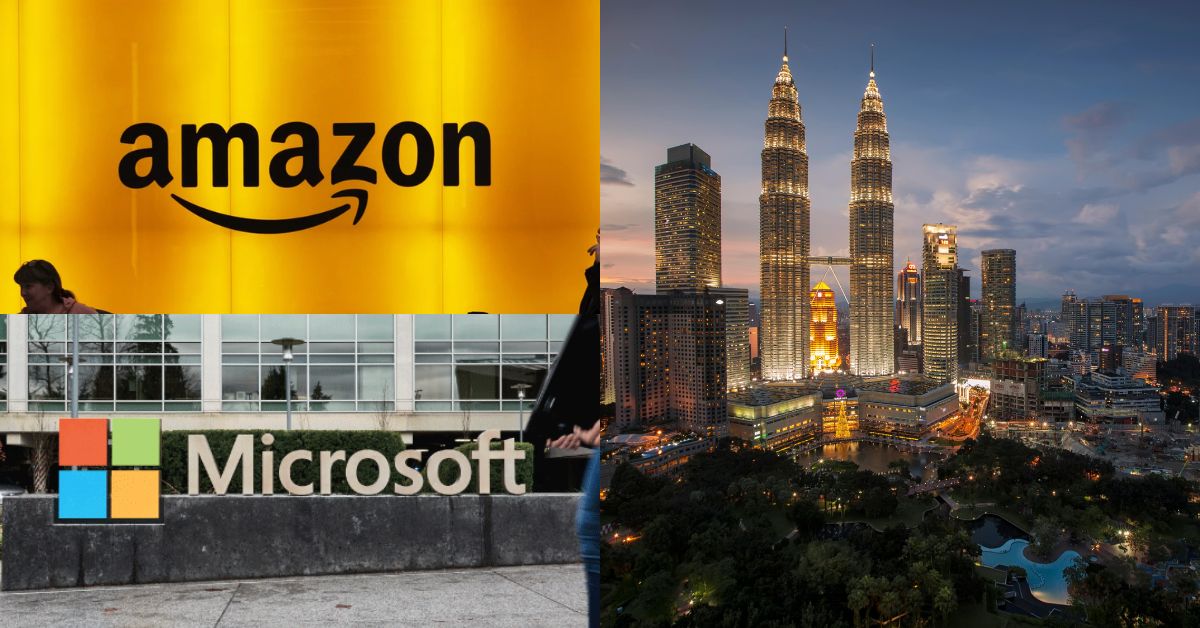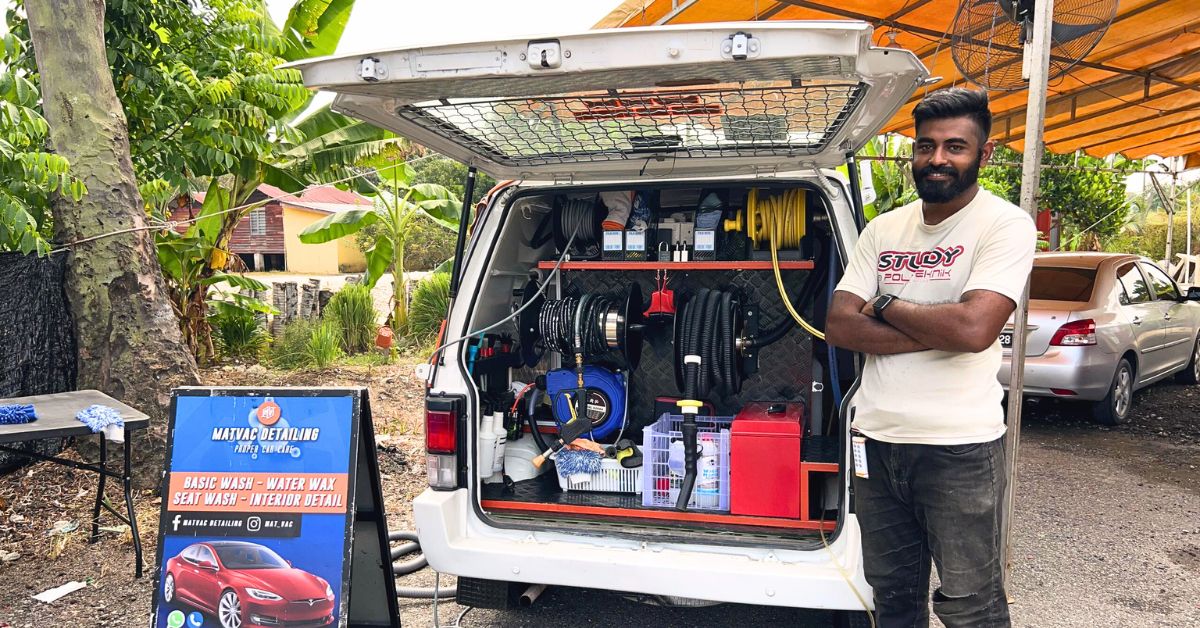[This is a sponsored article with MRANTI.]
Achieving carbon neutrality is all the buzz right now in the business world.
Apple and Microsoft have set goals to become carbon-negative by 2030. Amazon and General Motors have vowed to achieve carbon neutrality by 2040. Meanwhile, Google claims that it’s maintained carbon neutrality since 2007.
The Malaysian government also announced that it is committed to lowering the country’s carbon emissions by 45% by 2030, and achieving net-zero emissions by 2050. The idea is to foster a green economy by promoting low-carbon industries, decarbonisation, a circular economy, and clean energy transitions.
But, what does it mean to be carbon neutral, and why are companies—even countries—gunning for it?
Carbon jargon, explained
Every action you take, whether it’s driving, blasting your aircon, or any other activity that emits carbon dioxide, contributes to your carbon footprint. Carbon accounting is used as a metric for companies to estimate their carbon footprint.

Striving for carbon neutrality involves balancing out these emissions to achieve net-zero carbon emissions. From a consumer perspective, this can be done by offsetting your carbon footprint through means such as installing solar panels for your home or transitioning to an electric vehicle.
You can also purchase carbon offsets or carbon credits to make up the difference. This could include investing in carbon offset projects like planting trees or wetlands restoration.
By achieving carbon neutrality, you ensure that your carbon dioxide emissions have a net-zero environmental impact.
This is crucial in combating the effects of climate change, as greenhouse gases contribute to rising global temperatures and climate-related risks such as floods, droughts, and rising sea levels.
But why are we doing this?
As a reminder, the Malaysian government has vowed to lower the country’s carbon emissions by 45% by 2030, and achieve net-zero emissions by 2050. And there’s a reason for that timeline.
“Since 2015, Malaysia has pledged to contribute to global climate change efforts via the Paris Agreement,” said Khalid Yashaiya, Chief Strategy Officer of the Technology Innovation Park Malaysia (MRANTI).
Briefly, the Paris Agreement is a legally binding international treaty on climate change that was established at the United Nations Climate Change Conference in Paris, France, in December 2015.

The main goal is to keep the global average temperature rise below 2°C compared to pre-industrial levels. Additionally, efforts are being made to limit the increase to just 1.5°C above pre-industrial levels.
Did you know: Pre-industrial levels refer to any period before the start of the Industrial Revolution (pre-1760).
Intergovernmental Panel on Climate Change
This has led Malaysia to launch policies like the New Industrial Master Plan (NIMP), National Energy Transition Roadmap (NETR), and the Hydrogen Economy and Technology Roadmap. Together, they serve as strategic guidance and implementation roadmap to address the carbon-related challenges, and for the government to drive the economy decarbonisation and clean energy transition.
“It is fundamental to understand that achieving carbon neutrality is not just about having policy in place but also financial considerations, market forces and mindset change,” Khalid added.
“Loss & Damage (L&D) fund introduced in the COP28 is an example of financial considerations to incentivise countries and businesses to consider ESG, whereas mindset shift requires more than policy change and financial incentives, rather it needs time and enforcement.”
Khalid further elaborated that delaying Malaysia’s decarbonisation actions can lead to various disadvantages. They include weakening the nation’s position in international climate negotiations, and reducing our access to crucial financial and technological support.
Furthermore, as developed and developing nations have shared responsibilities in combating global climate change, Malaysia will have to do the same.
Doing so will provide the country with cross-border economic benefits such as free trade zones and multilateral trade partnerships, which are now becoming more ESG-driven.
In addition, achieving net-zero emissions in Malaysia by 2050 would have profound impacts across social, governmental, and economic dimensions.
For example, staying within the 1.5°C global warming limit will increase Malaysia’s resilience to climate-related risks such as flash floods, droughts, and heat waves.
Embracing the use of renewable energy and sustainable practices can also result in better economic opportunities. This is because the global renewable energy market size is projected to reach US$245 billion (around RM1.14 billion) at a CAGR of 9.47% between 2024-2032.
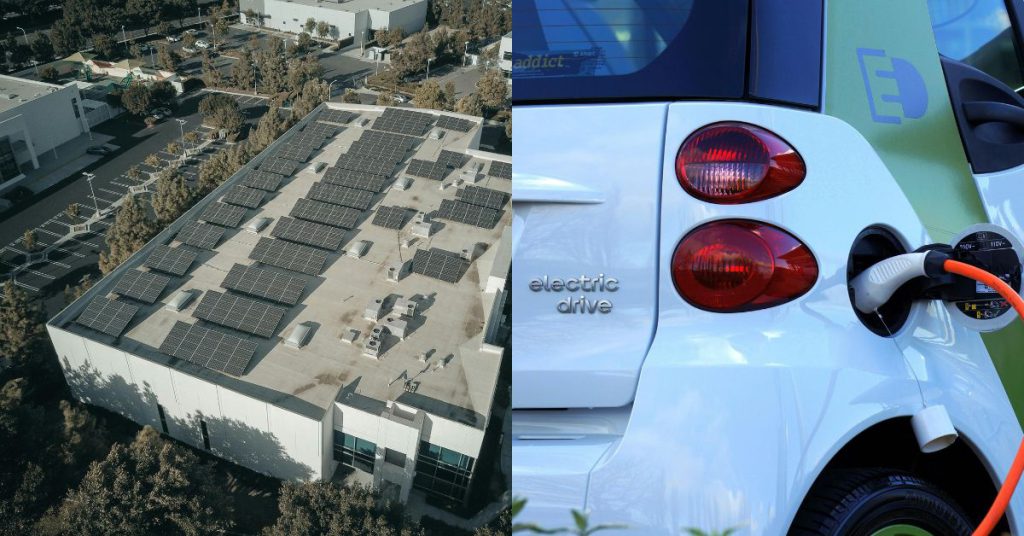
“Capturing even 1% of the total market would bring various positive spillover effects to the nation’s energy sector’s supply chains, new workforce skill sets, as well as new energy technology innovation and applications,” Khalid added.
Ultimately, transitioning to cleaner energy sources would lead to improved air quality, better public health outcomes, and reduced healthcare costs associated with air pollution-related illnesses.
So, what is Malaysia doing to achieve this?
As Malaysia’s one-stop research commercialisation agency with the resources to accelerate the commercialisation of innovative ideas that will drive impact, MRANTI has launched its Force For Good (FFG) campaign.
It’s part of the agency’s effort to support the country’s sustainability agenda, both within its organisation and for the rest of its ecosystem players.
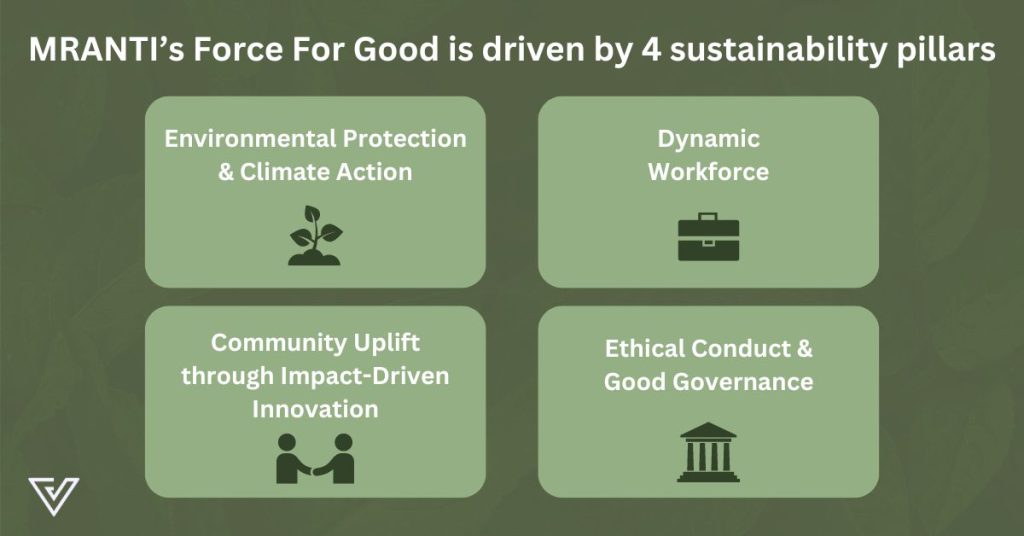
As part of the initiative, MRANTI aims to develop its 686-acre MRANTI Park into a carbon-neutral science and technology hub.
The goal is to have MRANTI Park be a one-stop centre bringing together researchers, creators, and innovators to nurture ideas into industry-changing solutions.
Within the park, there will be various ESG-focused initiatives conducted to build up MRANTI’s workforce and for startups, governments, and the greater business landscape to become sustainability and community-driven.

For example, the MRANTI ESG Learning Framework will be developed to upskill employees in line with local and global ESG needs.
Additionally, MRANTI is incorporating ESG-driven business modules into its new and existing accelerator programmes.
Startups that participate in MRANTI’s programmes will be trained and mentored through an eco-conscious approach. They will also get access to high-tech resources to R&D and commercialise products responsibly, such as through MakersLab.
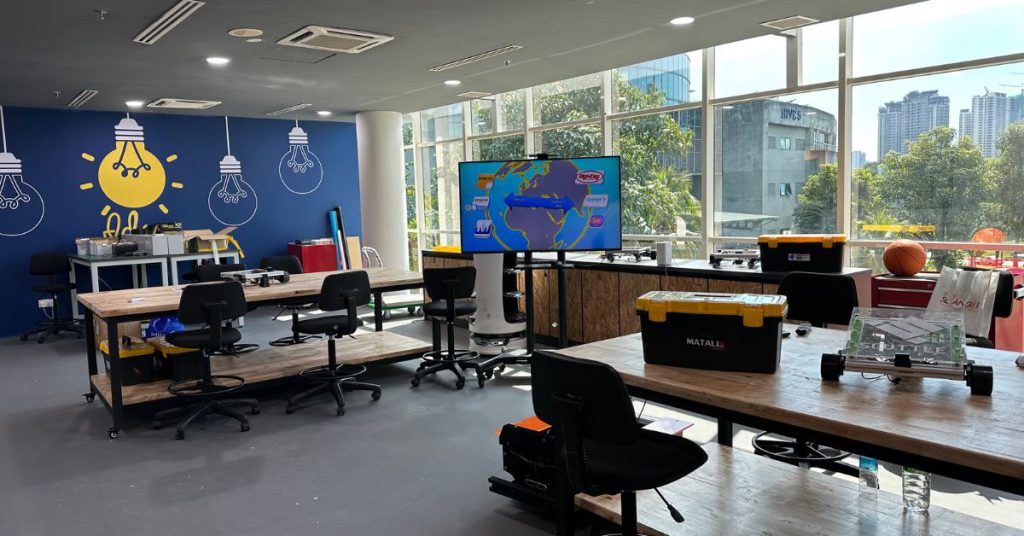
Under the FFG initiative, Khalid added that MRANTI is looking to grow startups and innovators in the sectors of dronetech, robotics, and autonomous vehicles, as well as those in healthtech, biotech, and agritech.
“We foresee these technology pathways would naturally be pivoted to promote sustainability-driven technology that considers natural resources and fosters economic and social development,” he stated.
-//-
One of Malaysia’s biggest challenges on the road towards net zero lies in decarbonising our energy-centric economy that’s highly reliant on fossil fuels.
While acknowledging the challenges, the UNDP considers Malaysia’s goals as “ambitious yet achievable” with strong international support and effective implementation, Khalid shared.
Ultimately, based on KPMG’s Net Zero Readiness Index findings in 2019, Malaysia was able to reduce its carbon emissions intensity rate to 33%. “It was done with minimal disruption to policy making, policy, and regulatory changes,” he elaborated.
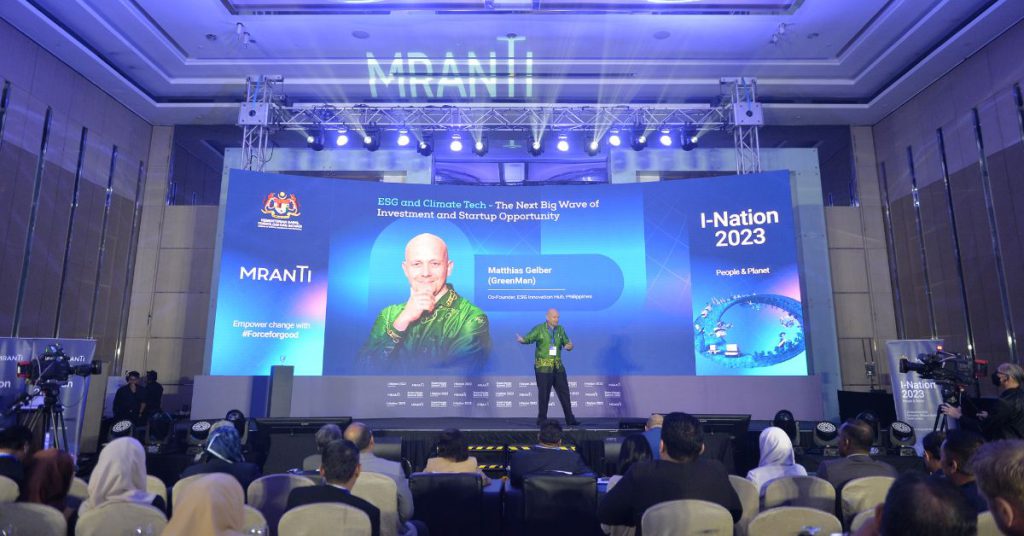
That said, Khalid stated that achieving the targeted carbon emission reduction in the next few years requires a whole-nation approach. This would have to involve policy interventions, tech advancements, changes in energy production and consumption patterns, as well as the public’s participation.
The good news is that several policies are already in place, with the Bursa Voluntary Carbon Market (VCM) and the Malaysia Airlines’ Voluntary Carbon Offset Programme as some examples.
“These initiatives mark a significant stepping stone to encourage more enterprises or government-driven entities to embark and support carbon offsets projects in Malaysia,” he commented.
Featured Image Credit: Associated Press / Microsoft / Pexels

